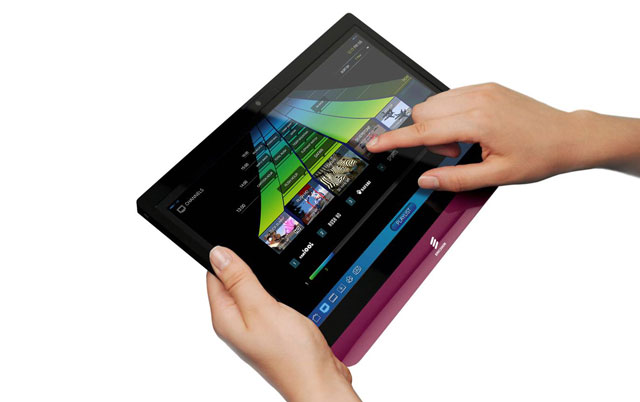
After more than 40 years of operation, DTVE is closing its doors and our website will no longer be updated daily. Thank you for all of your support.
Operators must improve overall experience on second screens, says Ericsson’s Wilson
TV consumers are more concerned about the overall experience, rather than the devices they use, according to new research from Ericsson.
 Speaking this morning at IP&TV World Forum, Wilson Wilson, head of technology solution area TV at Ericsson, said consumers were generally happy with services delivered via tablets, but less so for mobile phones and connected TVs. Citing research from Ericsson’s Consumer Labs, Wilson said consumers had identified six roles tablet devices could play in the TV experience. Aside from using them to watch video, consumers enjoyed using them as a social tool whilst watching TV, as a means of discovering content and for controlling the TV and programming the DVR. “Some of these things are not easy to do on a set-top box,” said Wilson.
Speaking this morning at IP&TV World Forum, Wilson Wilson, head of technology solution area TV at Ericsson, said consumers were generally happy with services delivered via tablets, but less so for mobile phones and connected TVs. Citing research from Ericsson’s Consumer Labs, Wilson said consumers had identified six roles tablet devices could play in the TV experience. Aside from using them to watch video, consumers enjoyed using them as a social tool whilst watching TV, as a means of discovering content and for controlling the TV and programming the DVR. “Some of these things are not easy to do on a set-top box,” said Wilson.
Mobile phones benefited from being able to offer highly personalised TV services, which Wilson said was particularly pertinent to IPTV’s unicast model. However, he said the negative aspects of mobile phones were the processing capabilities and screen sizes compared to tablets. “Both devices, people want to use as part of the overall experience, but not necessarily to view video,” he added.
For connected TVs, Ericsson’s research found that consumers had identified 10 roles they could play in their overall TV experience, but that most of them were not yet being addressed or were being addressed unsuccessfully. “The whole connected TV experience was failing for the people we interviewed,” said Wilson. “People are used to an internet experience that is dynamic, interactive and of high quality – a good user experience. But they are not finding this on connected TVs.” Interviewees complained that services were slow and generally didn’t meet their expectations. While people wanted to use internet services whilst watching TV, the majority of them preferred to use a second screen to do so. “They want to use two devices at the same time. They don’t want Facebook on the [TV] screen, but they want to use Facebook while they are watching TV,” Wilson said.


